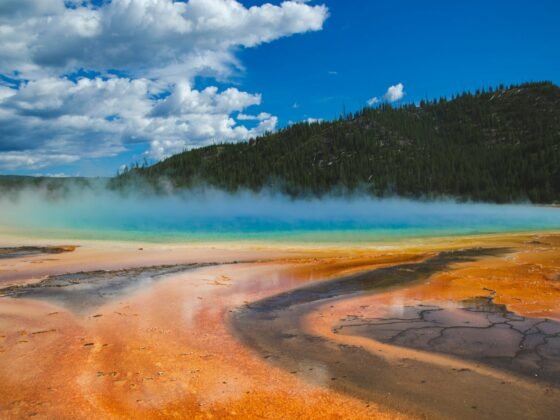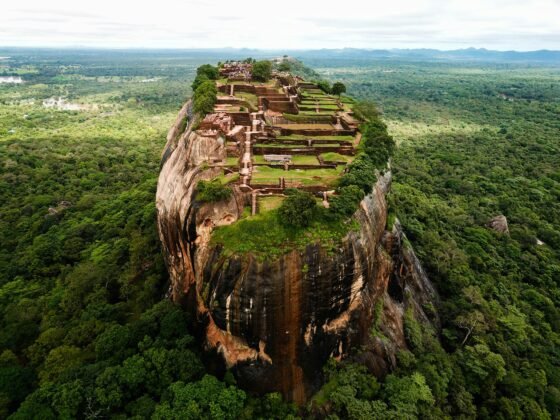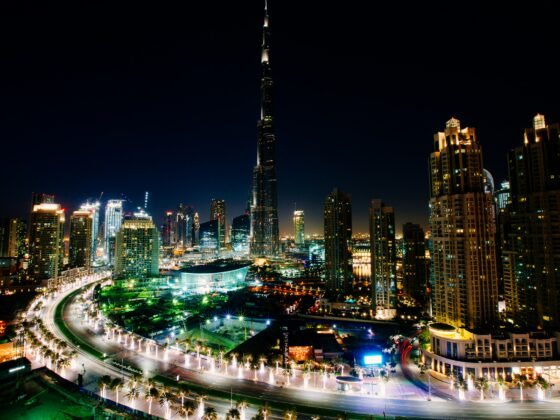Vienna is both dynamically modern and spectacularly historical at the same time. Past Medieval and Baroque influence offer up opulent imperial palaces, lavish baroque interiors and a dedicated Museums Quarter, Vienna offers much for the avid culture and history traveller. The city also has its roots in musical history too thanks to Mozart, Brahms, Beethoven and so many more. The historic Centre of Vienna was awarded UNESCO World Heritage Status in 2001 and the country boasts superb skiing and adventure facilities and is also one of the happiest countries in the world.
Kunsthistorisches Museum
Almost 117,000 visitors enjoy a visit to Austria’s finest art museum, which originally opened in 1891 on the Ringstraße, in its beautiful building extravagantly decorated with marble, stucco and gold leaf. The building houses wonderful examples of Egyptian art, Near Eastern art, Greek antiques, Roman antiques, many old coins and magnificent sculptures from the Habsburgs period. Among the more important works of art housed by the museum are Madonna of the Meadow by Raphael and Tower of Babel by Pieter Brueghel. Note that the Kunsthistorisches Museum is closed on Mondays.
Hofburg Imperial Palace
The Hofburg Palace was constructed beginning in the thirteenth century to house the government and opened in 1279. Build in a Baroque architecture style, today it serves as the official residence of the President of Austria. Visitors to the Imperial Palace will see several outstanding examples of different architectural styles including gothic, baroque and art nouveau in the buildings 2,600 different rooms. Instead, of trying to see the whole building, the best plan is to visit the imperial apartments, the treasury and the medieval cathedral. The cathedral serves as the home to the famous Vienna boys’ choir, although visitors will want to buy their tickets months ahead of time.
Schonbrunn Palace (Schloss Schonbrunn)
The 1,441 room Schonbrunn Palace was originally constructed as the summer residence to various Habsburg rulers. Great activities to do at this palace include visiting the gorgeous gardens, which are outlined with many important sculptures. The Palm House features a stunning display of palms from all seven continents. Make sure to take time to visit the Tiergarten Schönbrunn, the oldest zoo in the world, which is home to a pair of giant pandas, which are incredibly popular. The palace also often hosts concerts featuring the music of Mozart.
Kursalon
The popular Kursalon concert hall was the home to the first concert on May 8, 1867, by Johann Strauss II. Visitors can still enjoy hearing great music in the Italian renaissance Johann Garben designed building built from 1865 to 1867. Restaurant Johann inside the building is a scrumptious place to try local Vienna food. Diners can enjoy a great view of the city park while dining.
Mozart’s Figaro House
The Mozarthaus Vienna is Mozart’s Figaro House and is the home where Mozart lived from 1784 to 1787, although none of the original furniture has survived since that time. While Mozart was living here, he composed several of his most important works including “The Marriage of Figaro.” Visitors to the museum will appreciate the culture and history and will want to pay special attention to the clock, as Mozart probably designed the tune it plays, just for that clock constructed in 1790. On the second floor of the museum, visitors can see many murals depicting the time that Mozart lived in this home. On the third floor, visitors are introduced to many of the places in Vienna that Mozart lived.
St. Stephen’s Cathedral
The beautiful Saint Stephen’s Cathedral, aka Stephansdom, is the thirteenth tallest church in the world, with its tower rising far above Vienna’s skyline. Construction of the tower took 65 years to complete and opened in 1160. The building is orientated toward the sunrise on Saint Stephen’s Feast Day of December 26th. Many visitors remark at the beauty of the roof of the cathedral, which is covered with 230,000 glazed tiles. The tiles on the 361-foot long roof are used to create several symbols from the Habsburg dynasty. Standing at 137m tall the cathedral is the home to the Archbishop of Vienna. It has served as the setting for several important religious and governmental events since construction first began in 1137.
Vienna State Opera House
The Vienna State Opera House was originally completed in 1869 following a seven year building process. Unfortunately, much of the building was lost during World War II, and the building was ultimately reconstructed on the same site. The opera house is one of the busiest in the world with the production of 50 to 60 operas each year, in addition to the production of ten ballets. Visitors to the opera house with children should look for an opportunity to introduce children to the opera with its children’s productions on the roof of the building. Visitors, who have not been able to get regular seats, can buy standing room only tickets a few minutes before each event. The most famous event at the opera house each year is the opera ball, which attracts visitors from around the world.












